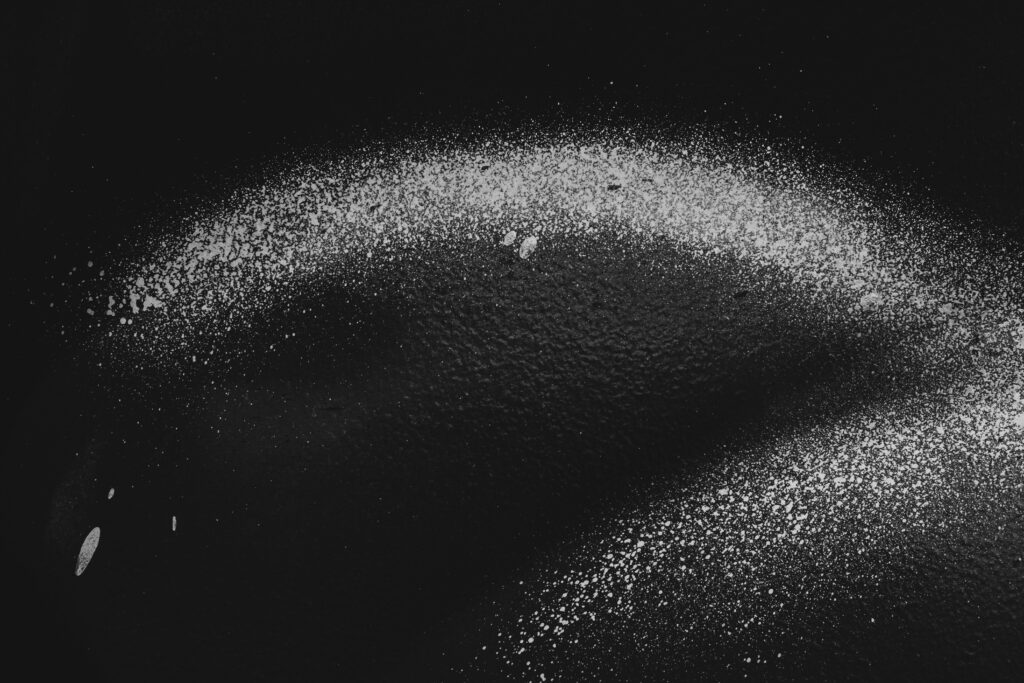
Lithium ion battery (LIB) manufacturers represent a new market segment for process solutions. As I discussed in my recent column in Chemical Processing, Barry on Batteries, you need solid-liquid separation technology to produce purified electrolyte liquids and blended powders. Here I’ll expand on my thinking about how existing chemical industry tech can adapt to battery materials needs.
Process solutions for purified liquids
High purity and high product effectiveness are the goals when it comes to liquids including sulfates, hydroxides, and carbonates. My book, Handbook of Solid-Liquid Filtration, discusses bag and cartridge filtration systems for purification if the solids loading or percent solids in the liquid are below 50 part per million (ppm). These systems can provide quality levels down to 0.45 microns (µm).
For solids loading that are > 50 ppm, processors of battery materials should use automated systems such as enclosed filter presses, candle filters and pressure plate filters. My on-demand, short course, Automatic Filtration Technologies and the associated E-book, covers these technologies. I wasn’t talking about battery materials then, but the information covered is especially relevant to the lithium battery chemicals market.
Process solutions for blended powders
Solids blending in battery materials production is critical to produce battery-grade final product. You’ll find a large variation among manufacturers about the characteristics of the powders being blended including particle size, free flowing versus sticky solids, dusting, etc. These variances call for rigorous testing and data collection to determine the most appropriate blending technology.
Typically, pugmill and pin blenders are optimal for homogeneous mixing:
- A pugmill unit allows for gentle blending with a slowspeed, high-torque approach for handling sticky powders.
- In a pin blender, the centrifugal rotation blending the product is particularly advantageous for working with free-flowing, non-abrasive powders.
Extrusion is another option to consider in battery-material blending and recovery. Common extrusion applications include graphite production (granulation), separator sheets and polymer-gel electrolytes, anode and cathode material compounding, and solid-state electrolytes.
Extrusion technology processes solids in a long barrel with the design of the screw determining the relevant unit operations to shear, melt, disperse, compress, granulate, and compound the solids. Zone pressure and temperature are controlled and measured during the flow to suit different applications.
Optimize design for battery materials
Battery-material manufacturers should take a holistic approach to downstream technology decisions to develop an optimum design. This involves finding solutions by looking at blending and recovery as a single, integrated process rather than individual steps. Plus, as I’m always reiterating, lab and pilot testing with data collection and analysis are always necessary.
Have questions about purification and blending technologies for battery materials? Contact me for help.

